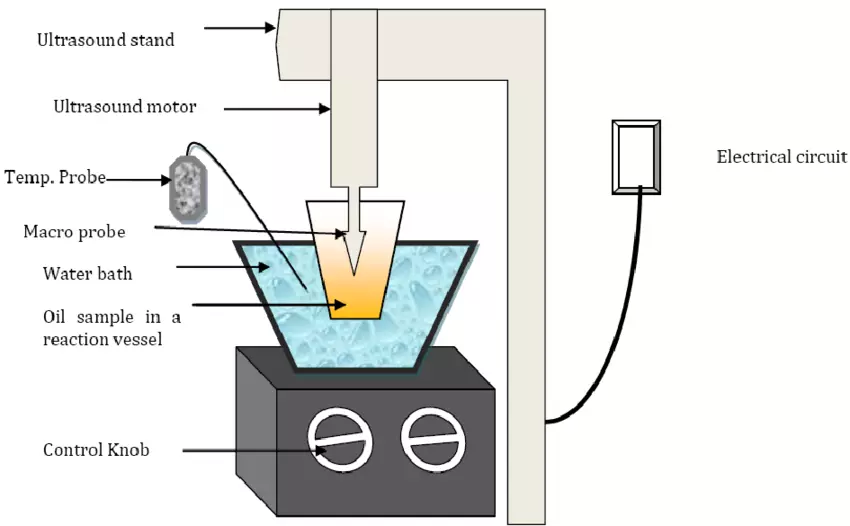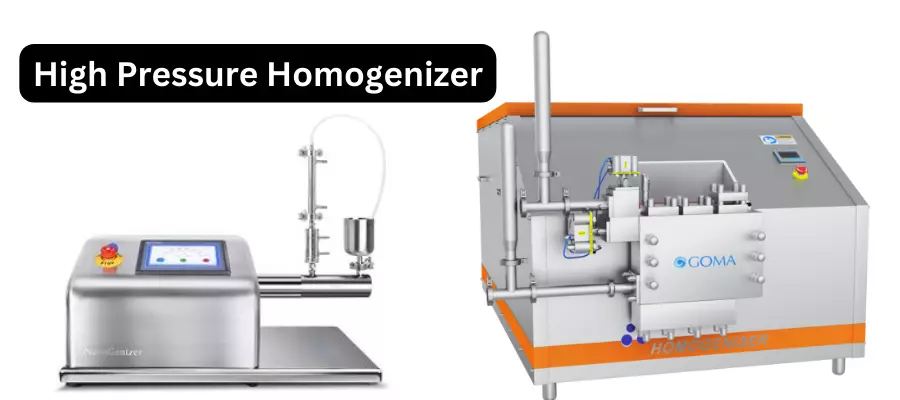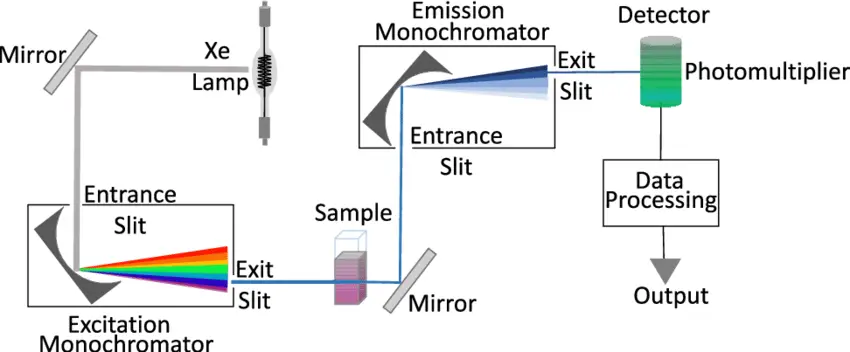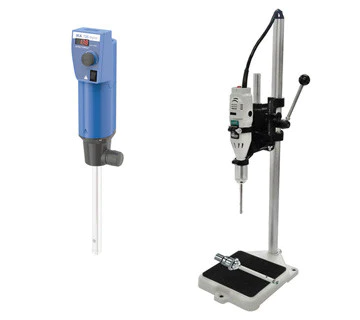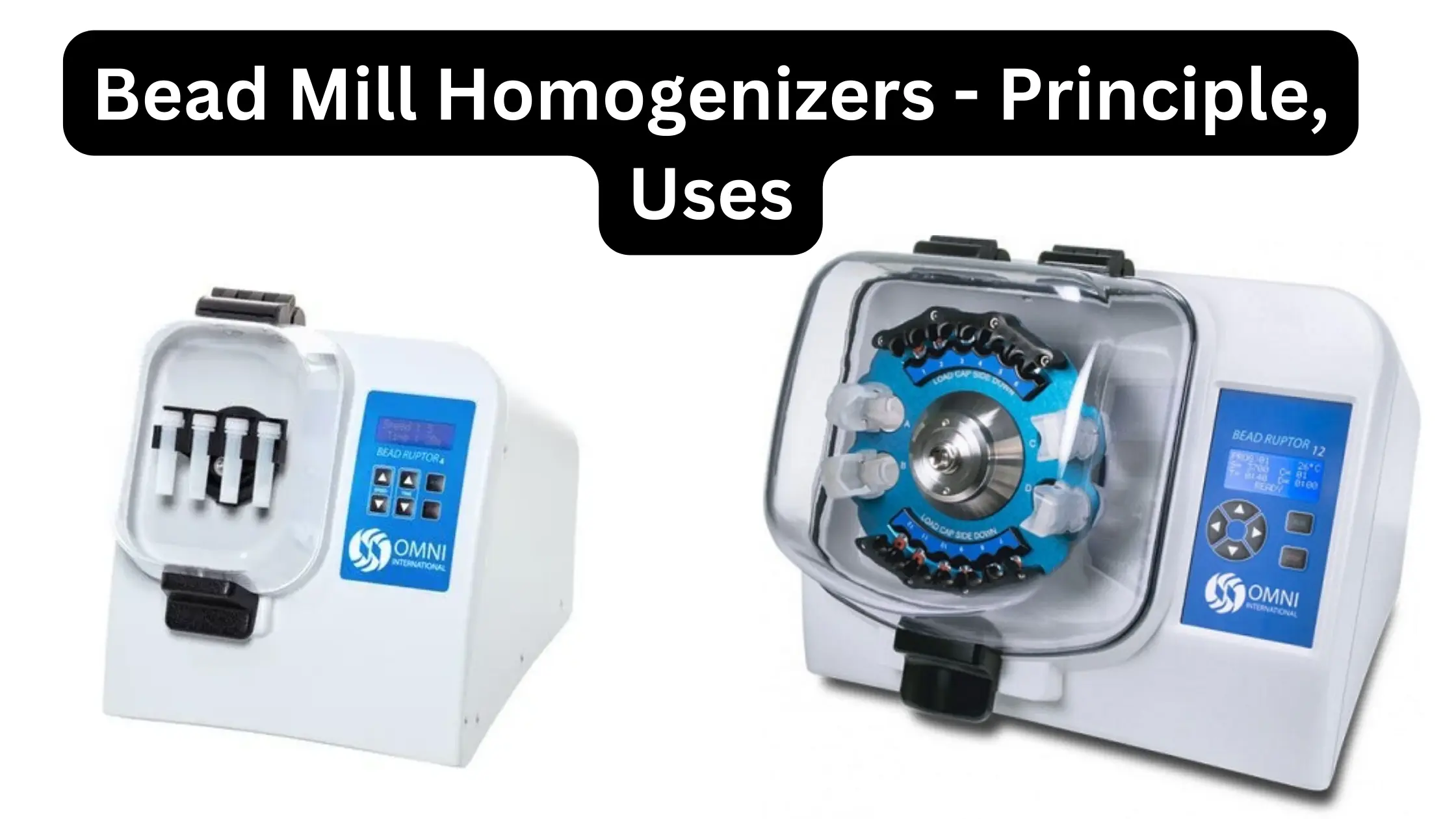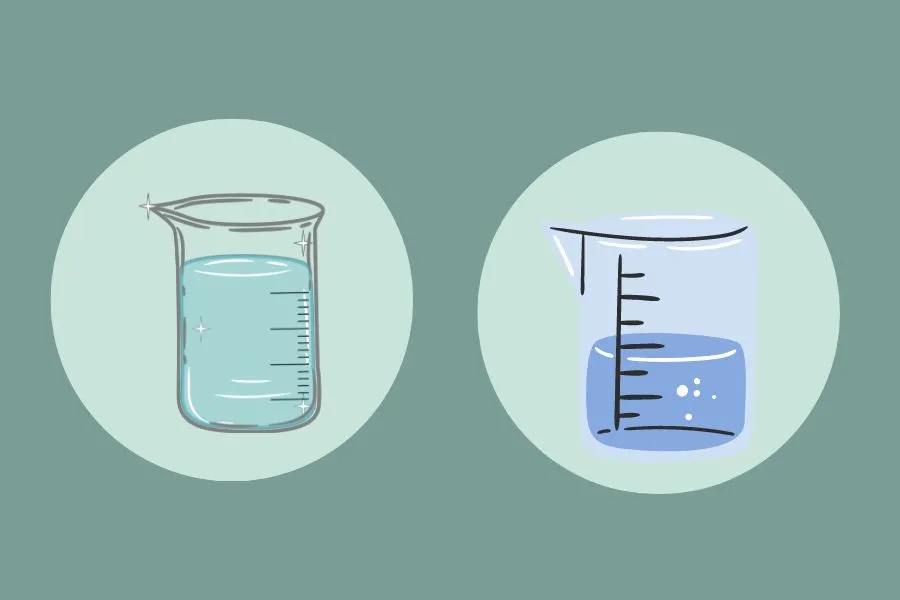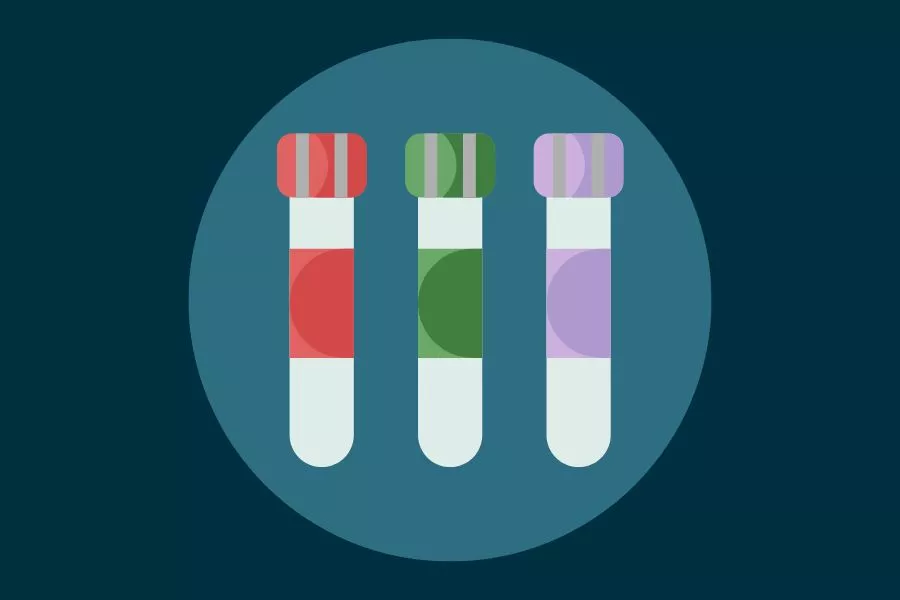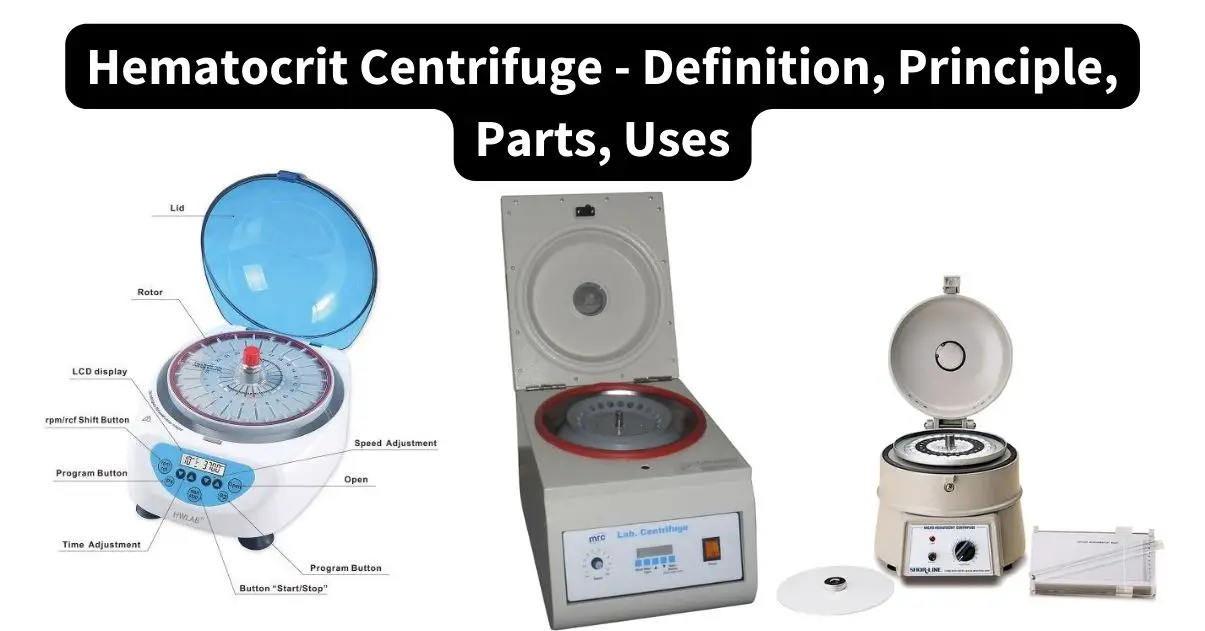Tissue Homogenizer – Definition, Parts, Types, Procedure
What is Tissue Homogenizer? Parts of a Tissue Homogenizer The specific parts of a tissue homogenizer can vary depending on the type of homogenizer being used, but here are some common parts that are found in most homogenizers: Operating Procedure of Tissue Homogenizer Types of Tissue Homogenizer Essential laboratory tools for disrupting biological samples and … Read more

